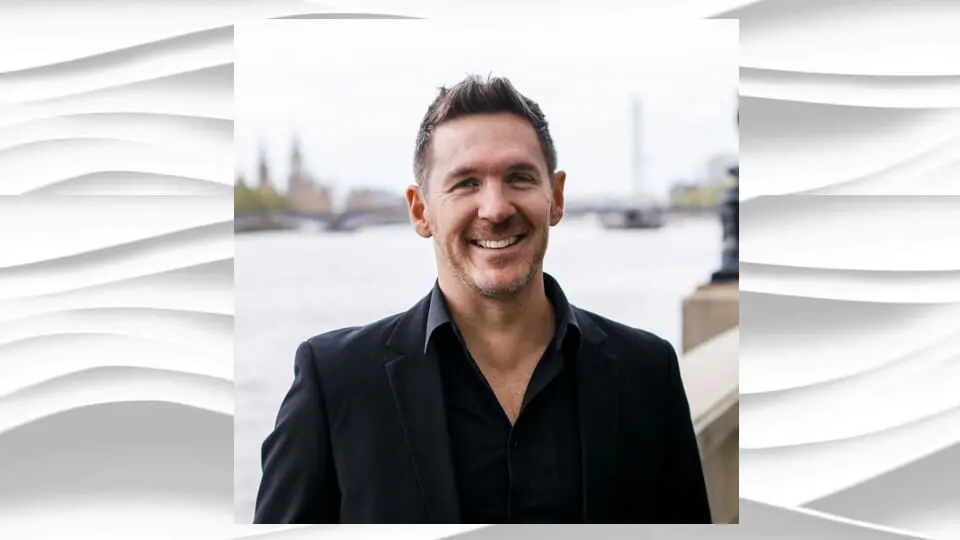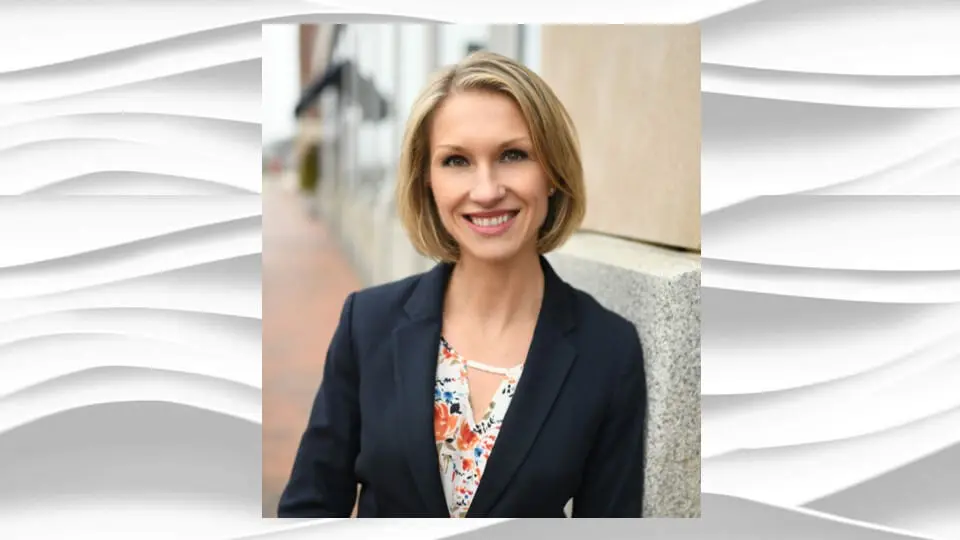Episode 92 – How a Financial Services Firm Is Scaling Beyond a Lifestyle Business by Building a Sales Engine – Member Case with Hamid Akbari
There is an inflection point that all boutiques run into head-on. This is when sales generation happens by the employees and not by the partners. On this episode, Hamid Akbari, President & CEO at Blanc Labs, shares how the firm built its internal sales engine in 18 months and his key takeaways.









